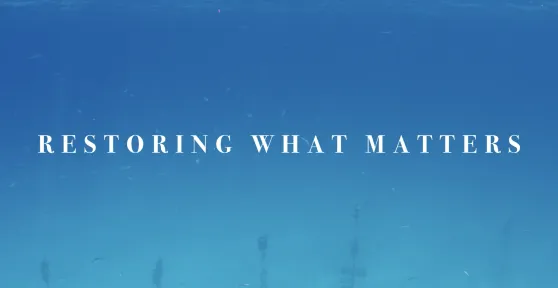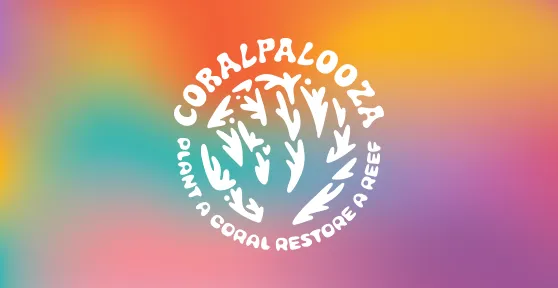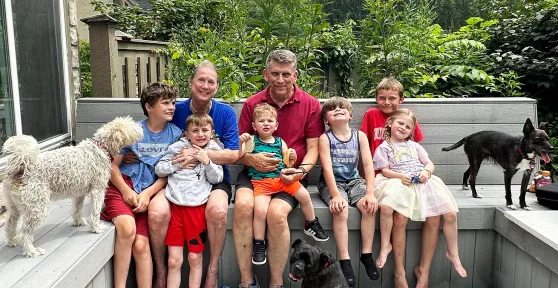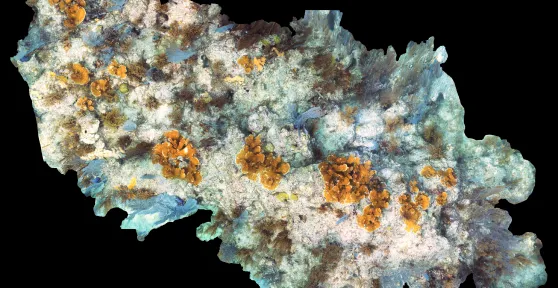
Photo: Nova Southeastern University
At Coral Restoration Foundation™ (CRF), innovation and community collaboration drive our mission to restore Florida’s Coral Reef. This spring, CRF Restoration Associate Jackson Harris participated in an intensive coral propagation training workshop at Nova Southeastern University (NSU). His experience marks a major step forward in advancing the coral spawning and sexual propagation capabilities of CRF.
Held at NSU’s Oceanographic Campus in Dania Beach, the workshop brought together leading coral restoration organizations from across Florida and the U.S. Virgin Islands. Participants received hands-on training in coral spawning, fertilization, larval care, water chemistry, and biosecurity. The goal was to help institutions scale up propagation efforts and apply standardized best practices across restoration sites.
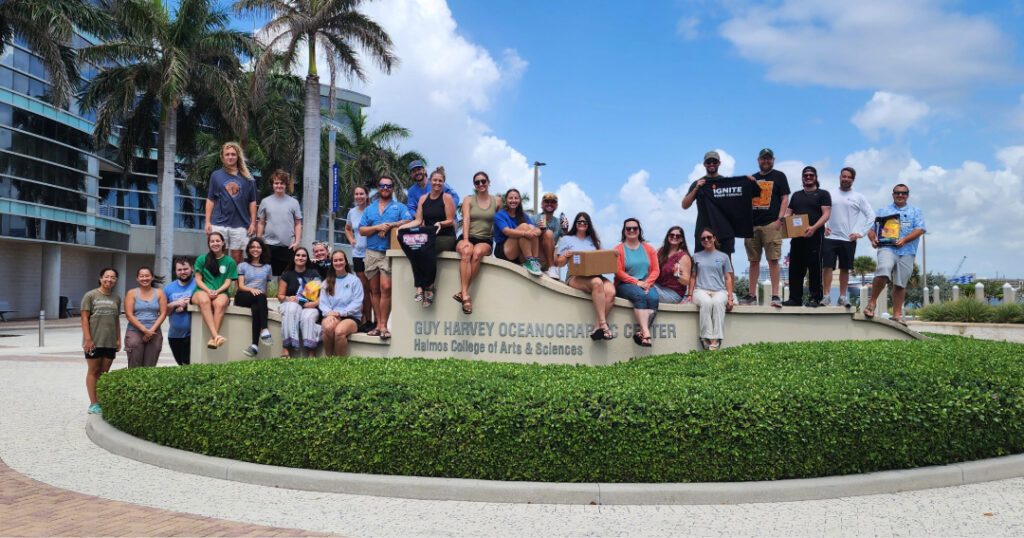
Harris’ involvement in the workshop deepened his understanding of the entire coral propagation pipeline. “Not only did I learn a ton about spawning from beginning to end,” he explained, “I also learned a lot more about ex situ work with corals. I got to hear all the different methods and practices that not just NSU were using, but multiple organizations within Florida.”
CRF has successfully grown nursery-reared corals to sexual maturity. Since 2018, adult colonies of two Acroporid species in the gene bank and production sections of the Tavernier Nursery have been observed spawning annually. While gamete collection for criopreservation or ex situ fertilization has been conducted with partners, no direct efforts have been made to facilitate in situ fertilization, settlement, and recruitment.
The workshop provided Harris with the tools to help CRF close the loop on in-situ coral sexual reproduction—from gamete collection to larval settlement. Harris reflected, “The workshop was a great experience all around. It was incredibly valuable to see how different organizations approach coral restoration and to think about how we can integrate those strategies into our work.”
Phanor Montoya-Maya, CRF Restoration Program Manager said, “Having the skill and knowledge to do sexual propagation at CRF will help us capitalize on natural spawning events by actively promoting fertilization and larval recruitment, thereby increasing genetic diversity within restored coral populations. Our next phase of restoration will grow on two fronts: 1) in situ sexual propagation of nursery-grown corals – enhancing natural reproduction through controlled in situ fertilization, and 2) promotion of coral settlement and recruitment – implementing strategies to improve larval settlement and survival,” said Montoya-Maya.

Photo: Nova Southeastern University
As Florida’s Coral Reef continues to face increasing pressure from warming seas, pollution, and stony coral tissue loss disease, expanding ocean-based sexual propagation efforts offers a powerful solution.
“We plan to implement coral in-vitro fertilization (IVF) and larval restoration within offshore nurseries,” said Montoya-Maya. “By leveraging the genetic diversity of our ocean-based coral facilities, we aim to optimize reproductive success and recruitment outcomes, ultimately contributing to the recovery and resilience of Florida Keys coral reefs.”
CRF continues to embrace innovation, collaboration, and science-based solutions to accelerate reef recovery.
